 Germany vs Japan
Germany vs Japan
Coming, ready or not
One German, one Japanese. Different, yet strangely alike, and a massive threat to the supercar world order. If Italy thought it had the World Cup sewn up, it’s think-again time. And Jethro Bovingdon has had worse nights than this
Photography Mark Bramley
What is a supercar? In the old days it was pretty simple: Made in Italy, mid-engined, 12 cylinders, totally impractical, ludicrous and unproven top-speed claim. Oh, and unreliable, too. And yet here we are, celebrating the supercar breed, and right before my eyes a Mercedes-Benz and a Lexus are being simultaneously backed out of covered trailers for us to play with until we run out of energy. Or fuel. You couldn’t make it up.
Both of these imposters have engines ahead of the driver but behind the front axle line – so they are technically mid-engined if you’re being pedantic. The Merc’s engine might qualify in terms of capacity (6.2 litres) but it’s four cylinders short of the 12 required; the Lexus gets closer with a V10, but a piffling 4.8 litres? And get this, the Mercedes manages only 317km/h and the Lexus just 325km/h. That’s fast saloon territory. Most shocking of all, though? That the V8 and V10 have service intervals of 16,000 km and a half-life measured in millennia.
Despite all that the Mercedes SLS AMG and Lexus LFA are supercars. I can tell by that weird mixture of excitement and fear in the pit of my stomach, the way people stop to stare. And by the noise. The glorious, angry, belligerent noise. In 2010 you can’t define a supercar by a rigid set of rules; you do so by the way a car makes you feel. These two tick all boxes. Would I be more excited if a Murciélago SV pulled alongside them? Perhaps. But right now all I want to do is pore over these two, marvel at the audacity of the shapes and intakes and massive brakes and tyres and then open the doors, drop into their seats and jump on the throttle pedal.
 There’s no ceremony in getting into the Lexus but it still feels special. You push down on a little panel that sits flush with the top edge of the door to release the catch, swing it open, then slump into the low, deeply padded driver’s seat. It’s beautiful in here. From the thick-rimmed carbon and aluminium steering wheel, lined in gorgeous leather only where you’ll be touching it, to the extruded brake and accelerator pedals and the pencil-thin control stalks – everything you see and touch is perfect. Not clinical, but unique, developed by people with nothing but a cleansheet and obsessive attention to detail to guide them. You glide the titanium and carbon key into the ignition barrel and twist, lighting up the TFT virtual dash but not the engine. Thumb a carbon fibre button on the right spoke of the steering wheel and 10 cylinders are spun-up by a high-pitched starter motor, igniting with a flat, harsh bark, before settling into a busy, trebly idle. You’ll want to tickle the throttle pedal. Be careful, it’ll hit 9000rpm from idle in 0.6 seconds. Gives you a fright the first time, I can tell you.
There’s no ceremony in getting into the Lexus but it still feels special. You push down on a little panel that sits flush with the top edge of the door to release the catch, swing it open, then slump into the low, deeply padded driver’s seat. It’s beautiful in here. From the thick-rimmed carbon and aluminium steering wheel, lined in gorgeous leather only where you’ll be touching it, to the extruded brake and accelerator pedals and the pencil-thin control stalks – everything you see and touch is perfect. Not clinical, but unique, developed by people with nothing but a cleansheet and obsessive attention to detail to guide them. You glide the titanium and carbon key into the ignition barrel and twist, lighting up the TFT virtual dash but not the engine. Thumb a carbon fibre button on the right spoke of the steering wheel and 10 cylinders are spun-up by a high-pitched starter motor, igniting with a flat, harsh bark, before settling into a busy, trebly idle. You’ll want to tickle the throttle pedal. Be careful, it’ll hit 9000rpm from idle in 0.6 seconds. Gives you a fright the first time, I can tell you.
 These initial exchanges are what I expected; what follows isn’t. To drive the LFA simply confounds everything you know about Lexus and Japanese ‘supercars’ in general. When the LFA’s chief engineer Haruhiko Tanahashi talks about purity, about feedback, he’s not kidding. The LFA is intense, shockingly so at times, occasionally clunky, always demanding, lunatic loud and never anything less than utterly wonderful. It has faults – some glaring – but it’s a supercar experience out of the top drawer.
These initial exchanges are what I expected; what follows isn’t. To drive the LFA simply confounds everything you know about Lexus and Japanese ‘supercars’ in general. When the LFA’s chief engineer Haruhiko Tanahashi talks about purity, about feedback, he’s not kidding. The LFA is intense, shockingly so at times, occasionally clunky, always demanding, lunatic loud and never anything less than utterly wonderful. It has faults – some glaring – but it’s a supercar experience out of the top drawer.
No fancy twin-clutch ’box here. Too heavy, says Lexus, too clinical. Instead there’s a six-speed transaxle (helping to create a 48/52 weight distribution, same as the SLS) with hydraulically actuated clutch and shifts operated by titanium paddles. It seems odd to shun the seamless twin-clutch route, especially as the rest of the car is so exotically constructed – carbon tub with subframe for the engine and double wishbone suspension up front, another for the multi-link arrangement, transaxle and radiators at the rear. The SLS isn’t quite so top-tier supercarcentric in its approach: instead of carbon the structure is an aluminium spaceframe. However, it has double wishbones all round and a seven-speed twin-clutch transaxle. Both cars, refreshingly, have fixed-rate dampers. The benefit of the LFA’s carbonfibre chassis and body panels is that it weighs 1480kg, the disadvantage that it costs Rs 2.24 crore. By comparison the SLS AMG is a chunky 1620kg but a mere Rs1.1 crore, less than half the price – however it’s easy to get that up to Rs 1.26 crore with some choice options. It looks even better value when you consider its dry-dumped 6.2-litre has 571PS and 650Nm to the LFA’s 560PS and 480Nm.
For now I’m not too bothered about the numbers. Flick the right-hand titanium paddle and first selects with a mechanical click. The throttle has an initial stiction that requires delicacy to avoid jerky progress, but once rolling it’s easy to meter out the V10’s torque. The next two shifts are quick (I’ve turned the rotary control on the right of the instrument binnacle to select Sport mode) but not smooth. Nothing like as smooth as a similar ’box in, say, a Ferrari 599. The ride is pretty hardcore, too. In fact, chuntering along through Frankfurt’s clogged up major arteries the LFA feels most like a Lamborghini – the noisy ’box, the thumps as wheels clatter into craters, the weighty steering and the tricky to modulate pedals combining to make the LFA feel impatient and unhappy.
THE LFA IS INTENSE, DEMANDING, LUNATIC LOUD AND NEVER ANYTHING LESS THAN UTTERLY WONDERFUL.
Another thing it shares with a Lamborghini is that the engine is all-pervasive. The Yamaha-tuned 4.8-litre V10 makes a startling noise. The LFA features ‘Octave Harmony’, essentially a system to channel the best noises into the cabin, and Lexus rightly cites an F1 car at full cry as the inspiration. V10s tend to have a soft-edge to their note, but not this one. It’s piercing, edgy, bloody loud and sounds like it’s running close to its redline at just 4000rpm. Stay with it and the yowl ramps up and up, the big rev counter flashes red as you approach 9000rpm and then BANG! You click for another gear and it slams home with wince-inducing brutality. You really have to recalibrate your ears to get the best out of the LFA: shift just by mechanical sympathy and you’d leave the last 3000rpm untouched. And you wouldn’t want to do that.
 The intensity of the engine is matched by lovely control weights. The throttle’s initial awkwardness gives way to minute precision, the carbon ceramic brakes (well worn on this hard-driven car, the only demonstrator in Europe) pour information back through the big pedal. The steering is fantastic, not hyperactively quick but super accurate, giving an HD picture of what’s going on down at the sticky Bridgestones, the whole car alive to camber changes but not so addicted to them that you have to fight to keep it on course. And it loves to change direction this thing, the front-end swinging around with seemingly no inertia, no roll and limitless grip. Understeer? Not at road speeds. Oversteer? Oh yes, the LFA really wants to point you into every corner with its rear end. Leave the traction control on and this gives it real agility and a lovely edge-of-adhesion thrill without making you sweat too much; turn it off and be ready to deal with small but critical slides every time you dump 560PS to the rear rubber. Fantastic.
The intensity of the engine is matched by lovely control weights. The throttle’s initial awkwardness gives way to minute precision, the carbon ceramic brakes (well worn on this hard-driven car, the only demonstrator in Europe) pour information back through the big pedal. The steering is fantastic, not hyperactively quick but super accurate, giving an HD picture of what’s going on down at the sticky Bridgestones, the whole car alive to camber changes but not so addicted to them that you have to fight to keep it on course. And it loves to change direction this thing, the front-end swinging around with seemingly no inertia, no roll and limitless grip. Understeer? Not at road speeds. Oversteer? Oh yes, the LFA really wants to point you into every corner with its rear end. Leave the traction control on and this gives it real agility and a lovely edge-of-adhesion thrill without making you sweat too much; turn it off and be ready to deal with small but critical slides every time you dump 560PS to the rear rubber. Fantastic.

You leave the LFA in stunned silence, ears ringing, head swimming with a mixture of elation and confusion. Have I really just driven a Lexus that makes most Ferraris seem tame? Is the gearbox really that, erm, bad? I think so. Putting money to one side for one minute, can the SLS really hope to compete with such sensory overload? Plip the unlock button, watch the door handle rise out of its recess in the Gullwing door and you know that it can. Pull that door up (light, but not LFA-light), duck underneath it and then drop into the gorgeous, firm, magnesium-framed seats. It’s glorious in here, too. Not as clearly money-no-object special, but a world apart from a tarted-up SL. Like the Lexus, the SLS surprises because it’s relatively small and the interior mirrors the taut, sculpted exterior lines. The mix of leather, carbon trim (a Rs 4.1 lakh option) and the simple metal-finish air vents is exquisite.
No need to bother with the key, leave that in your pocket. Now hit the Engine Start button down near the curious little T-shaped gearlever and revel in the deep, bassy throb that seems to come at you from all angles. Close your eyes and you’d swear the SLS was rear-engined, bassy tones pulsing through the seat, rising and falling quickly as you gratuitously blip the throttle. Tweak the ’box into ‘M’ for manual on the rotary control on the centre console, then select ESP Sport. Now just pull back on that chunky lever and the SLS is in first, straining against its carbon ceramic brakes (a Rs 5.58 lakh option). The satin finish paddles feel plasticky but the ’box is so wonderfully smooth, the pedals so consistent, that the Mercedes feels instantly effortless. However, don’t confuse this with a cruiser, something like an SL, even an SL63 AMG. There’s more attitude here, more precision, too. The steering is quick, the chassis feels broad-shouldered and stable but also keen to dart for corners, the familiar 6.2-litre V8 feels sharper than ever. It’s been re-engineered with dry-sump lubrication (allowing it to sit low), forged pistons and over 101PS more than in C63 AMG tune. The SLS positively shivers under its influence and when you call for the masses of torque it goes berserk. It seems quicker than the LFA and so it proves…
HAVE I REALLY JUST DRIVEN A LEXUS THAT MAKES FERRARIS SEEM TAME? CAN THE SLS REALLY HOPE TO COMPLETE?
We’re on a derestricted section of autobahn, LFA leading SLS, both tensed and ready for full throttle. Traffic moves aside, both engines fill their lungs and 130km/h becomes 210km/h in one intense hit of acceleration. The SLS is relaxed, effortlessly parrying the concrete expansion joints, the LFA twitches with every ripple. Occasionally I hear the V10 get right on cam, but the SLS reels in the Lexus with its torque-rich delivery up until maybe 225km/h. Only then does the slippery LFA start to edge away again.
The modern Gullwing isn’t a one-trick pony. The V8 forms the heart of the experience but it also has great balance, good traction and that twin-clutch ’box makes it feel more sophisticated than the Japanese car. I’m a bit shocked by that. A bit shocked that I’m beginning to think the SLS might be the most usable, cleverest supercar you can buy. It has the emotional draw of those doors, that iconic shape, the easy but deadly performance that makes highly strung flat-plane crank motors seem all mouth and trousers and yet it feels exotic. When Ferrari developed the podgy California they did so because many customers wanted a smaller, cheaper, more usable 599 GTB-type car. What they wanted was the SLS.
 The Mercedes can’t match the grip, turn-in agility and body control of the LFA, but very few cars can. What it does have is fluidity, a benign nature at the limit. I don’t want the SLS to sound cuddly, sloppy: it has an underlying edge to the way it eats up a road, an accuracy that no Merc has ever had and reserves of grip at the front even when you think you’re asking too much of the tyres. The ride is much more supple than the LFA’s but it’s 911 Turbo-comfort, not S-class wafting. I’m pretty blown away by how convincing a package AMG has put together. It’s a different sort of supercar to the LFA or even the Gallardo and 458 with which it’ll be compared, but no less exciting in many ways. And I bet that SLS owners will reach down and turn the ESP off much more regularly than those who buy a mid-engined Italian rival…
The Mercedes can’t match the grip, turn-in agility and body control of the LFA, but very few cars can. What it does have is fluidity, a benign nature at the limit. I don’t want the SLS to sound cuddly, sloppy: it has an underlying edge to the way it eats up a road, an accuracy that no Merc has ever had and reserves of grip at the front even when you think you’re asking too much of the tyres. The ride is much more supple than the LFA’s but it’s 911 Turbo-comfort, not S-class wafting. I’m pretty blown away by how convincing a package AMG has put together. It’s a different sort of supercar to the LFA or even the Gallardo and 458 with which it’ll be compared, but no less exciting in many ways. And I bet that SLS owners will reach down and turn the ESP off much more regularly than those who buy a mid-engined Italian rival…
So the Merc triumphs and we can all laugh at the absurdly expensive LFA, right? Well no. I love the SLS and think for most people it offers a better proposition than the fearsome LFA. It is an awesome and exciting car, a real challenger to Ferrari and Lamborghini’s supercar hegemony at this price. But the LFA’s 500 owners won’t care. They’ll already have a garage full of Lambos, Ferraris and Porsches. They’ll want the LFA because it’s rare, because it’s beautifully built, because its V10 offers something unique and because when you can use all 9000rpm, every last bit of grip and braking, it’s intense and all consuming. I have a feeling the LFA will be remembered as an overpriced curiosity, maybe even proof that the Japanese should leave supercars to the Europeans. The lucky few who own one will know better. You’ll spot them by their massive grins and huge ear defenders.
WHEN YOU CALL FOR THE MASSES OF TORQUE THE SLS GOES BERSERK.IT SEEMS QUICKER THAN THE LFA AND SO IT PROVES
SECOND OPINION
WHY THE GEARBOX IS THE DEAL-BREAKER. BY GEORG KACHER
Drive it and you can’t help but be transported to a bygone age of supercars. No, not the gullwing-doored Merc, dummy! I’m talking about the LFA’s transmission, which is reminiscent of early Ferrari F1 gearboxes, all clunks and whiffs of fried clutch lining. Even just changing gears is more complicated than it need be. To switch from Drive to Reverse, you must first pull both paddles into neutral and then reach for a small toggle left of the instrument panel to trigger that change of direction. Don’t rush, or you’ll have to go through the same sequence again, even if that truck is approaching at a hair-raisingly rapid rate.
I could quite easily live with the need to rev the LFA’s melodious engine to bursting point to coax the best from it, and even the less than compliant suspension if this was toy number six or seven in the garage. But not the transmission, because it is at odds with what the halo car of the brand should deliver: ultimate quality in every respect. The SLS on the other hand, establishes a credible link to its maker’s F1 and DTM efforts and proves that, 56 years on from the original Gullwing, and only weeks after the demise of the ill-fated SLR, Mercedes still knows how to make a supercar.
LEXUZ LFA
Price : Rs 2.24 crore ON SALE : Now
Engine : 4805cc 40v V10, 560PS @ 8700rpm, 480Nm@ 6800rpm
Transmission : Six-speed semi-auto, rear-wheel drive
Suspension : Double wishbones front, multi-link rear
Weight/made from : 1480kg/carbonfibre
Length/width/height : 4505/1895/1220mm performance I 3.7sec 0-100km/h, 325km/h
Rating : *****
MERCEDES-BENZ SLS AMG
Price : Rs 1.10 crore ON SALE : Now
Engine : 6208cc 32v V8, 571PS @ 6800rpm, 650Nm @ 4750rpm
Transmission : Seven-speed dual-clutch, rear-wheel drive
Suspension : Double wishbones front and rear
Weight/made from : 1620kg/aluminium, steel
Length/width/height : 4638/1939/1262mm
Performance : 3.8sec 0-100km/h, 317km/h, 8.64kmpl
Rating : *****



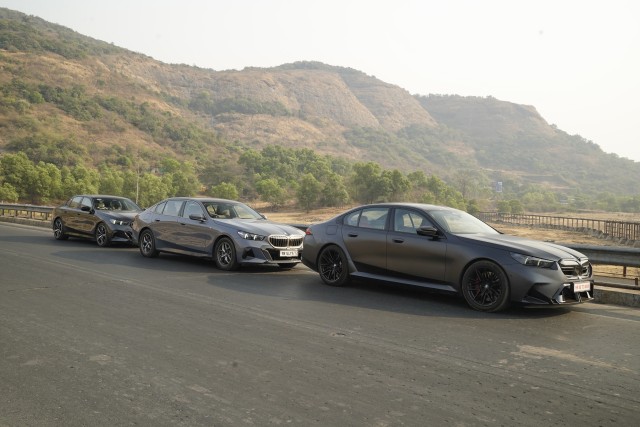
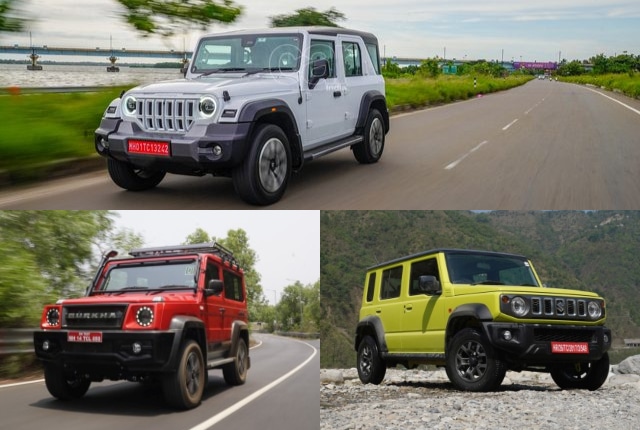

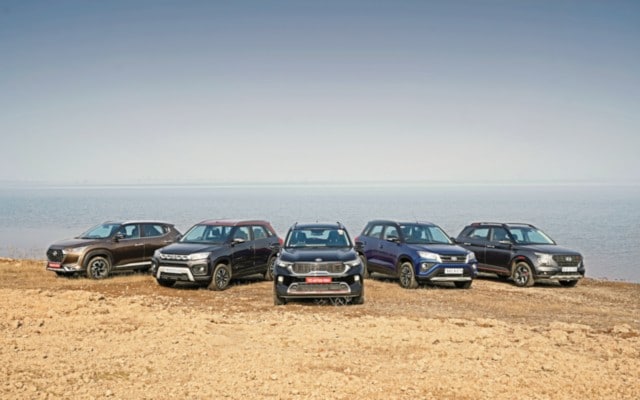
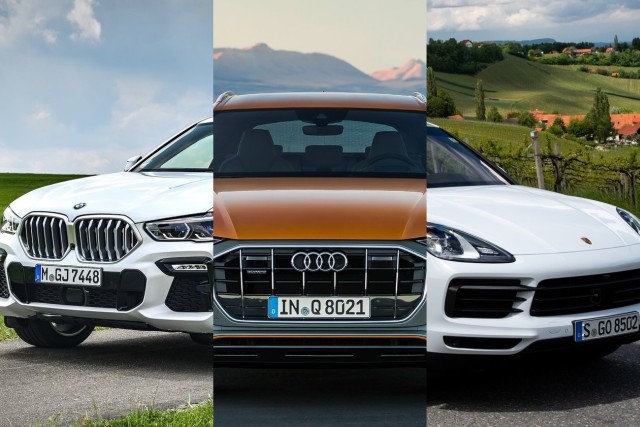
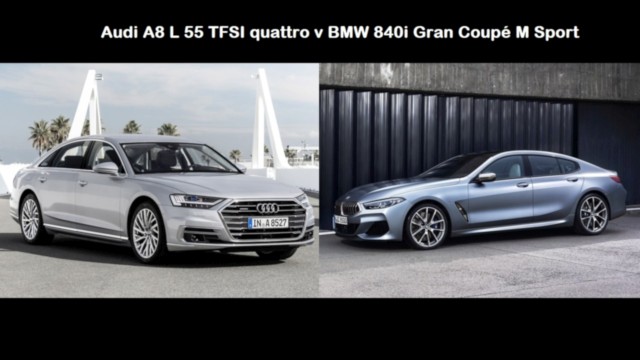
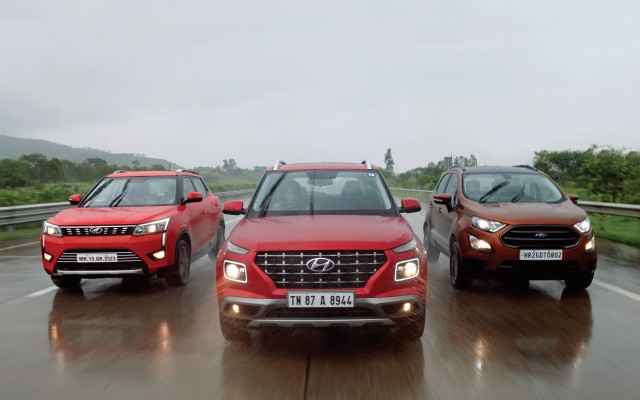
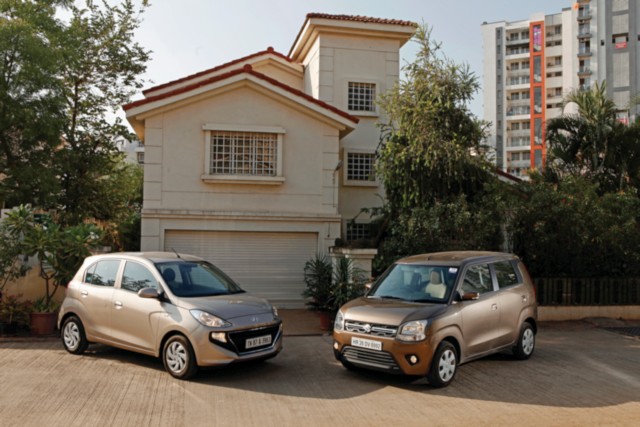
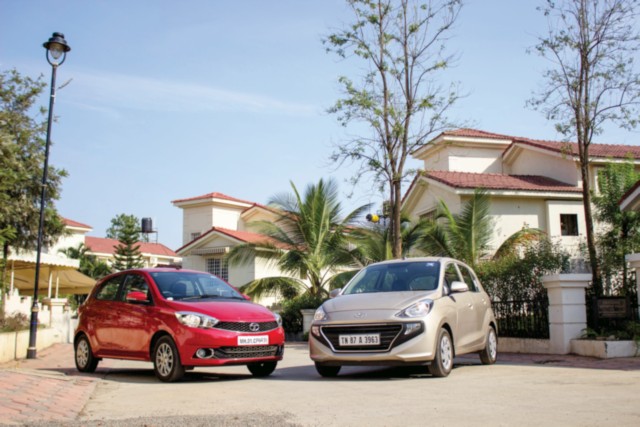
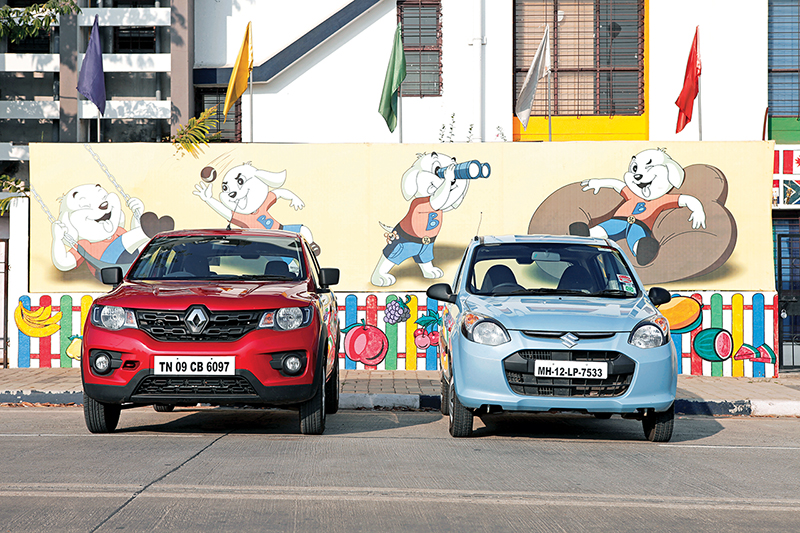
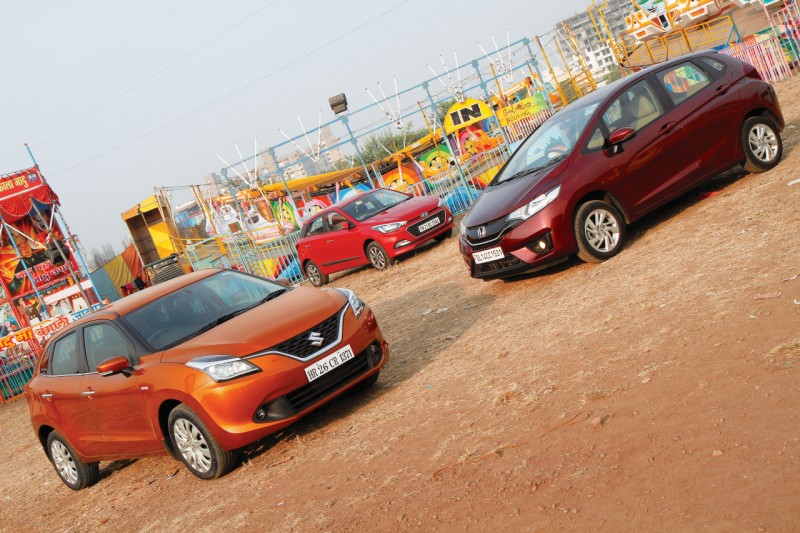

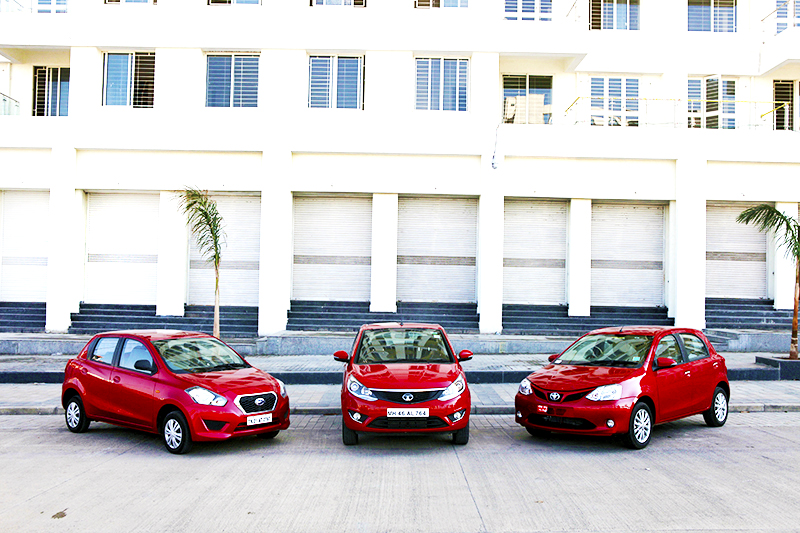
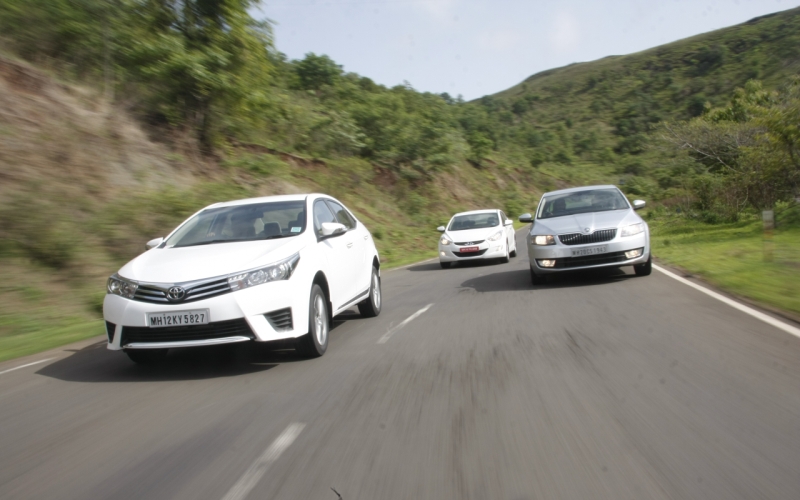
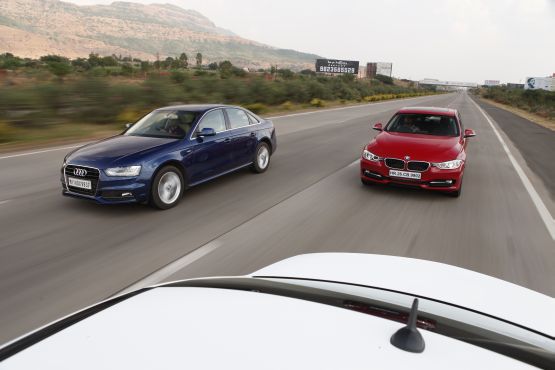




Leave a Reply